End of Life Notification
Overview
Veeder-Root is committed to providing the highest quality products and services to our customers.
As part of the natural cycle that drives technology evolution, Veeder-Root is announcing the Global
End of Life (EOL) for the following Red Jacket legacy products. Expected availability dates (subject
to change based on supply availability) and EOL scope are outlined below:
No longer available
• Red Jacket Touch Up Paint – Global EOL
June 30, 2022 – Available while supplies last
• Red Jacket Fixed Length STP Final Assemblies 60Hz – 11’1” to 19’9” – Global EOL
Red Jacket Touch Up Paint
Veeder-Root is announcing the Global End of Life of the Red Jacket Touch Up Paint, due to very
limited demand.
| End Of Life Timeline |
The touch up paint is no longer available.
Impacted Products
| Part Number | Description |
| 0410913-001 | KIT-TOUCH UP PAINT |
| 0410910-001 | PAINT-TOUCH UP – RED ARMOR® |
Impacted Red Jacket Fixed Length STP Final Assemblies 60Hz – 11’1” to 19’9”
Impacted Red Jacket AG Fixed Length STP Final Assemblies 60Hz
Impacted Red Jacket RA Fixed Length STP Final Assemblies 60Hz
We Are Here To Help
Please feel free to contact us at 1.800.451.4021 or Email Us with any questions or concerns pertaining to this End of Life .
We will work with you to ensure you are supported in this changing product line.
CLICK HERE TO FIND
 on our web store!
on our web store!
And remember, if you can’t find what you are looking for, please feel free to contact us at 1.800.451.4021 or Email Us





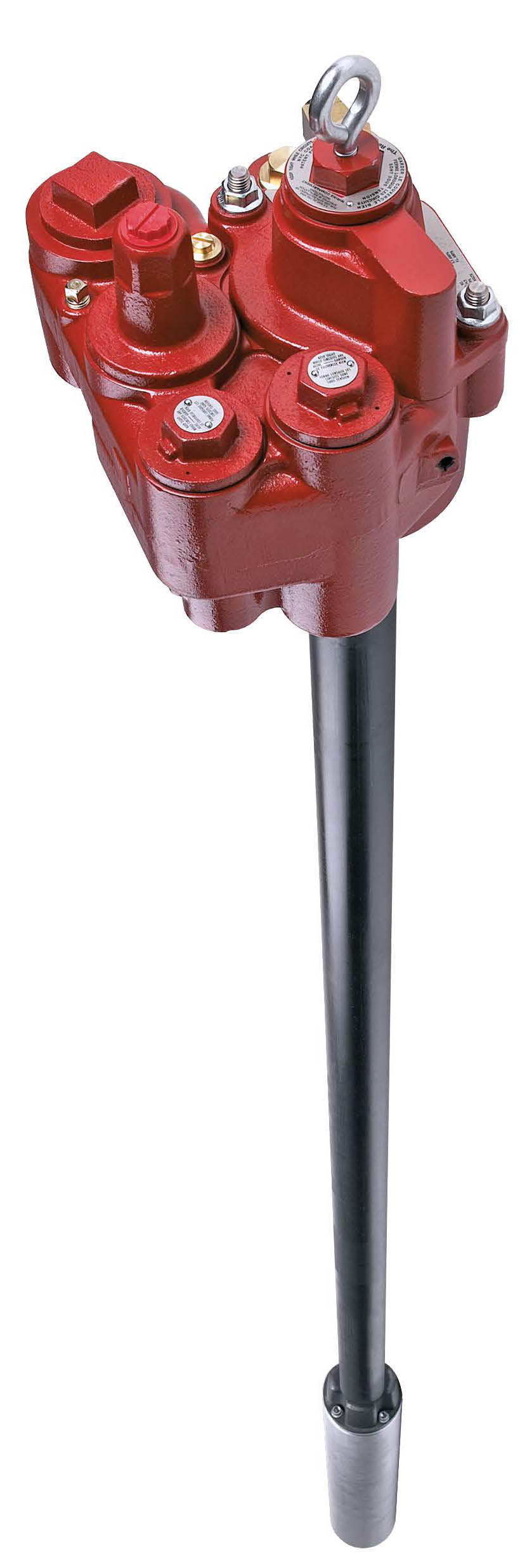
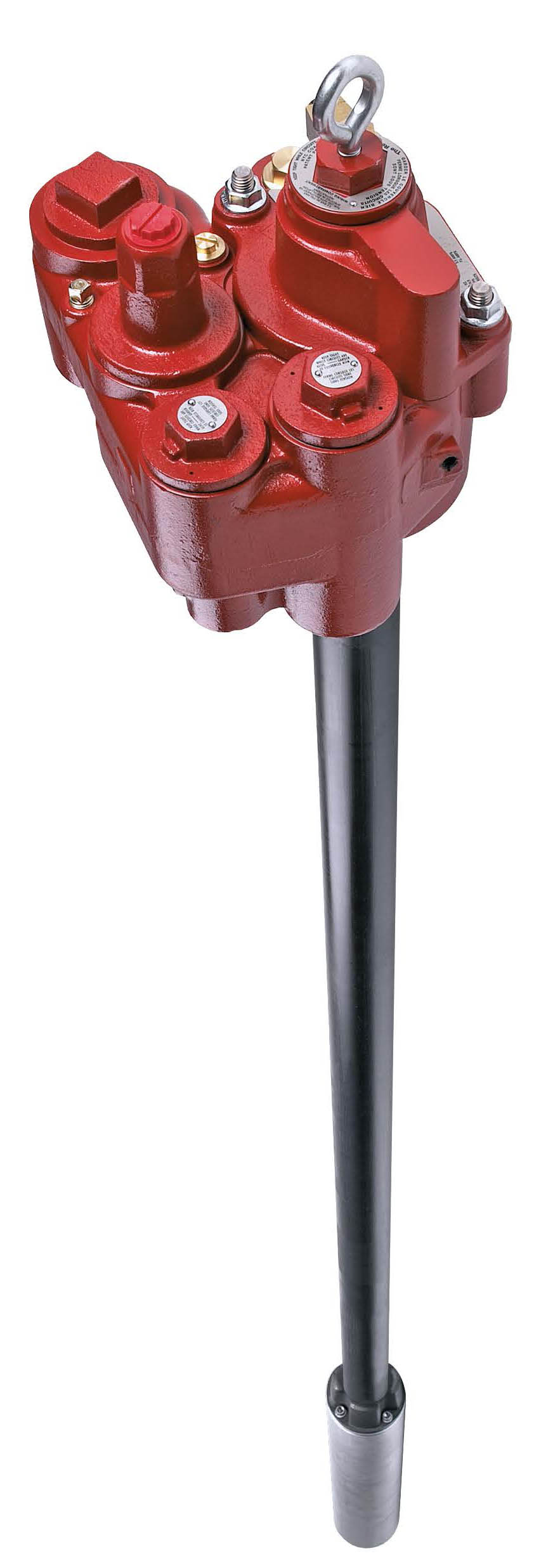
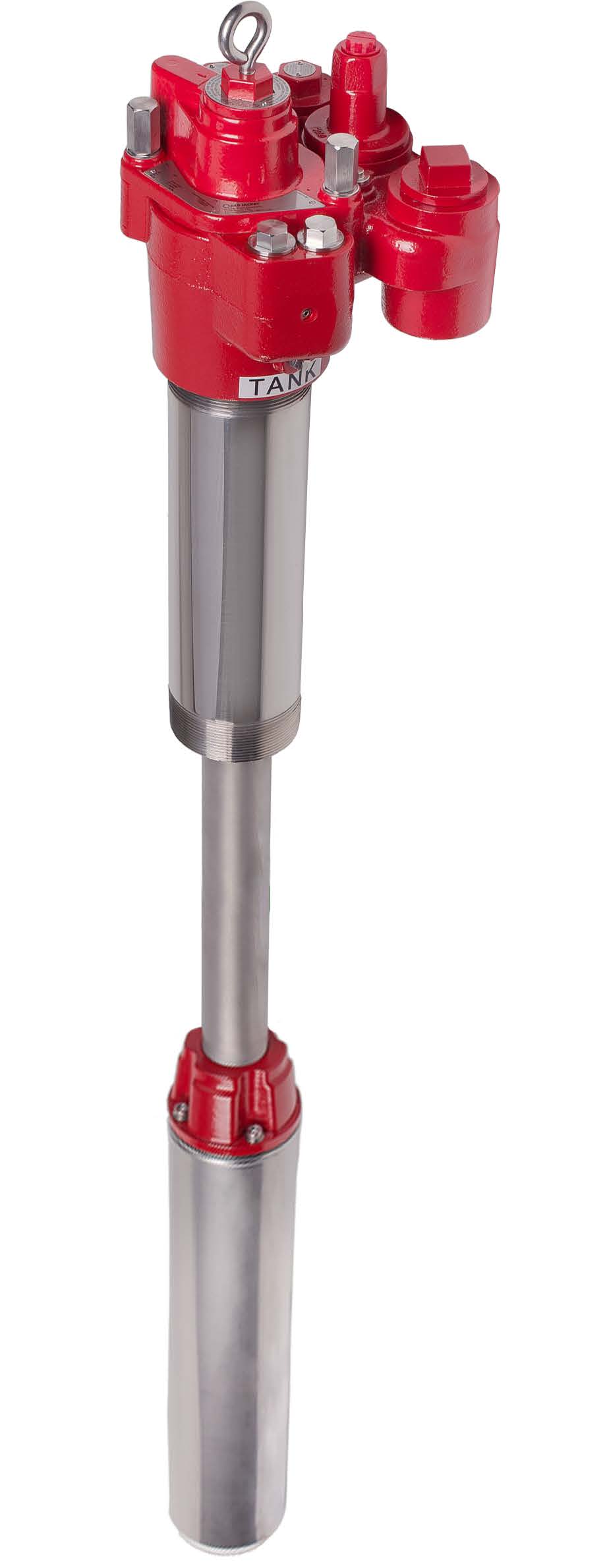
 on our web store!
on our web store!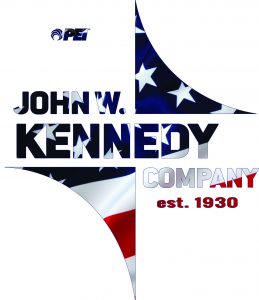
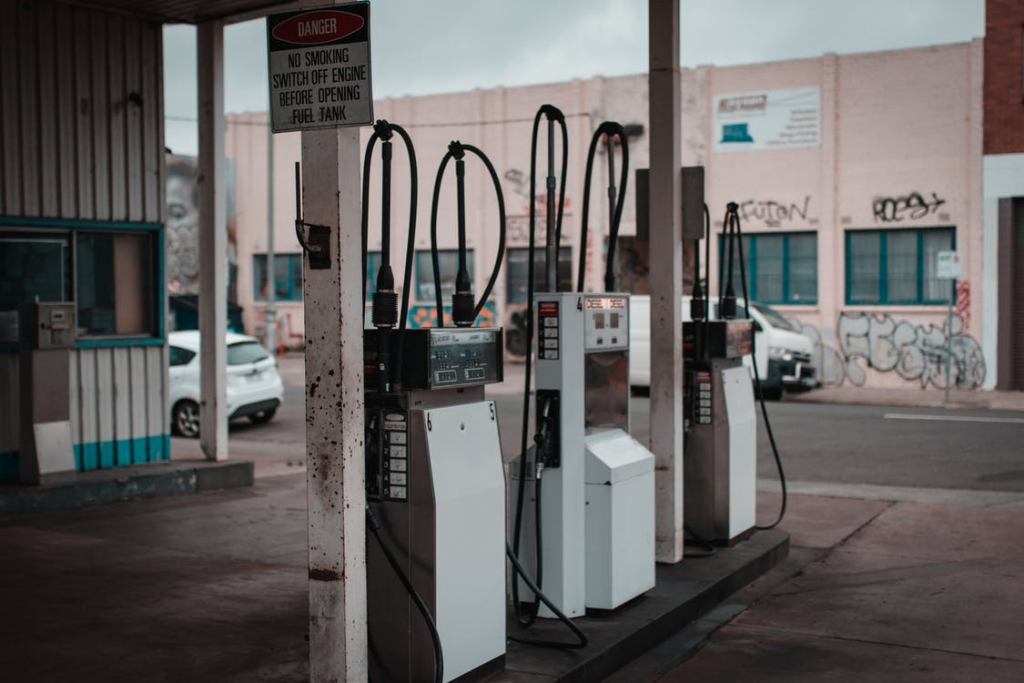


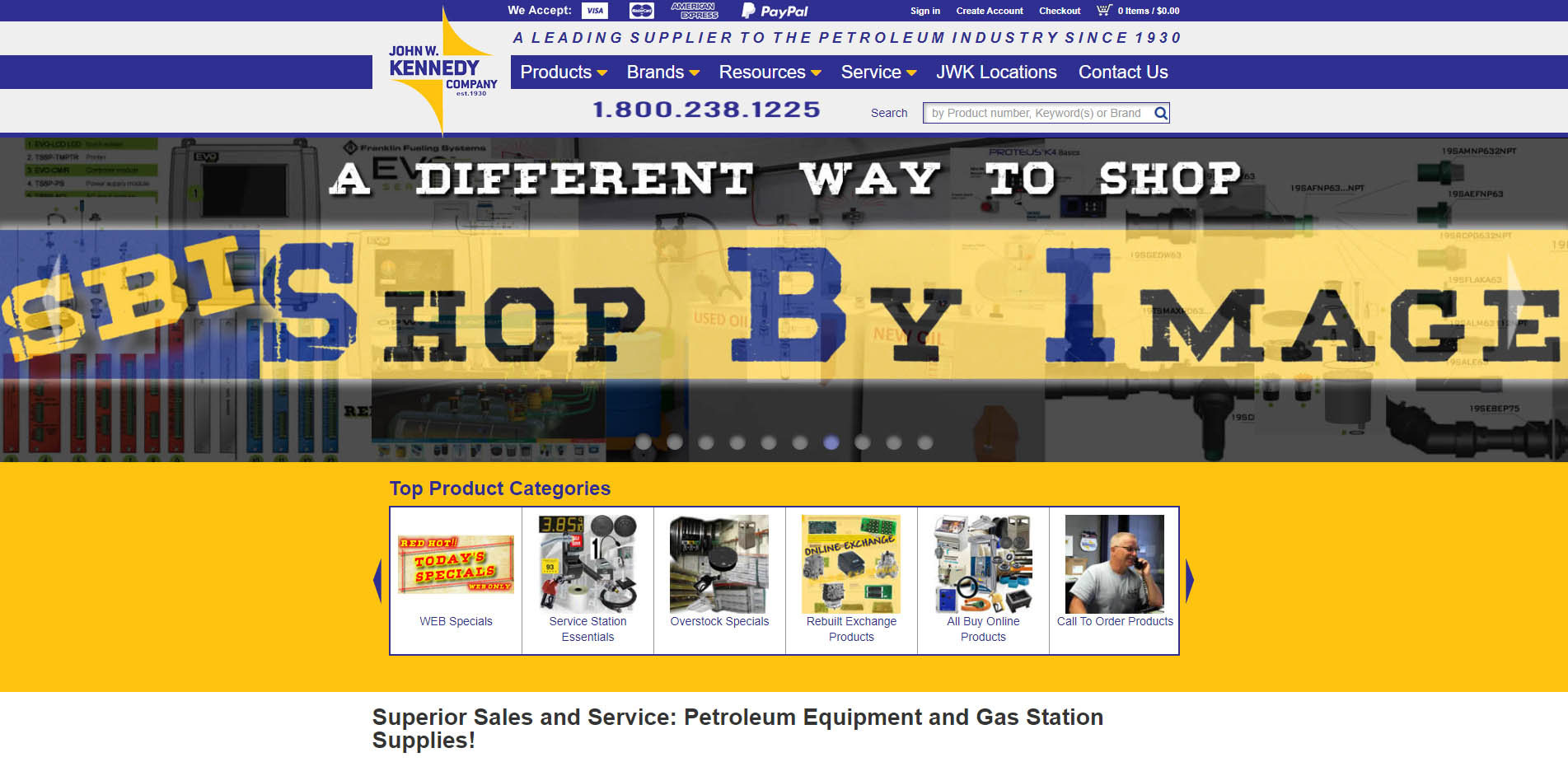
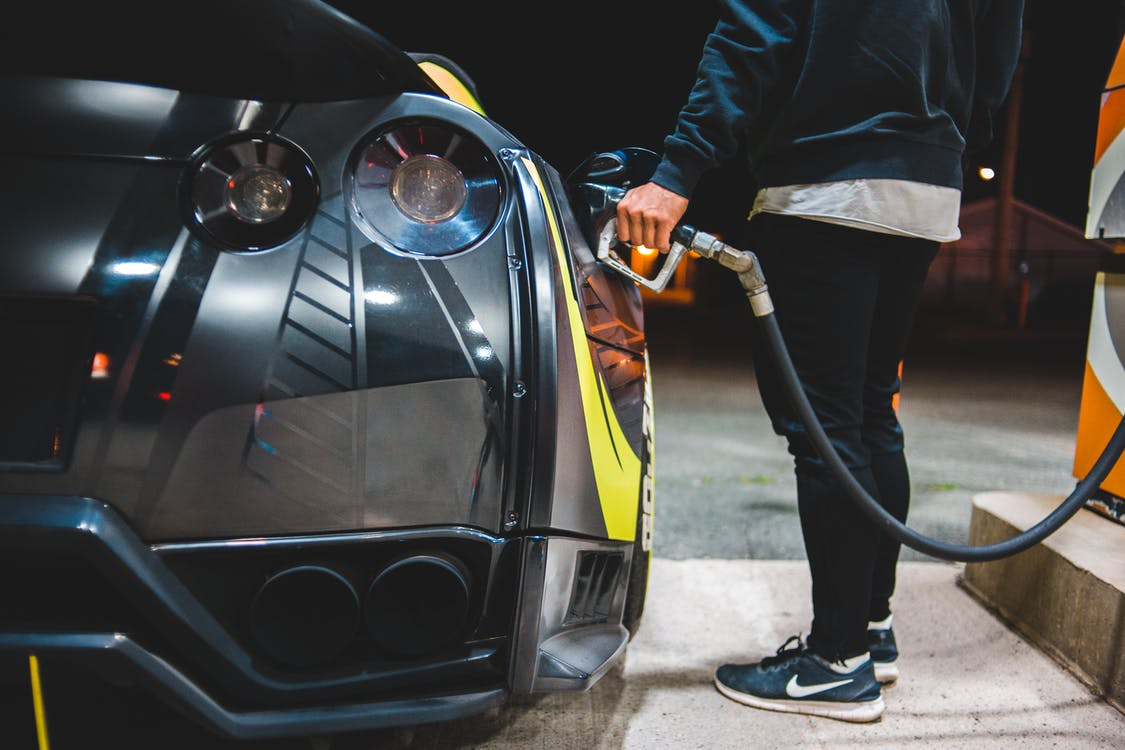

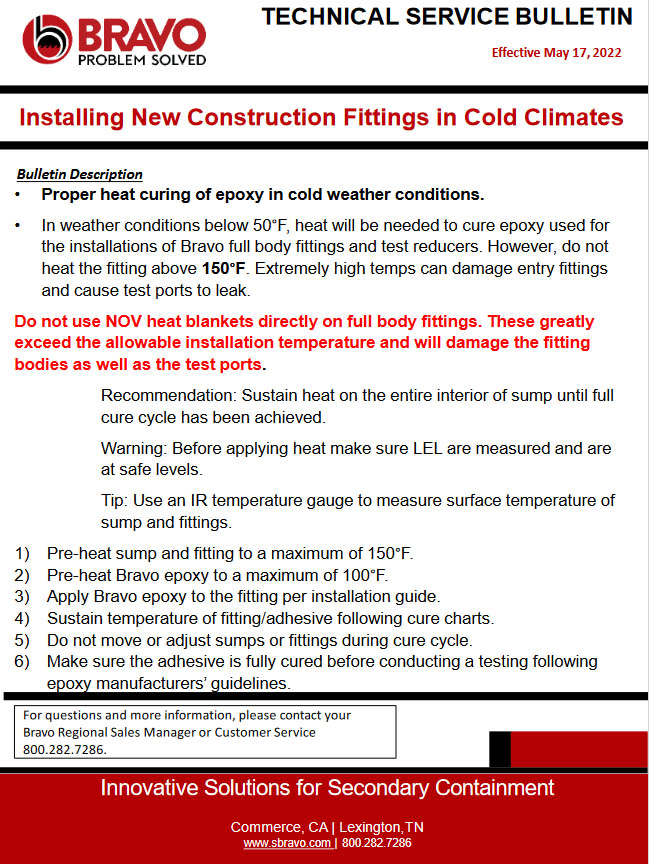
 for more product installation and preparation videos
for more product installation and preparation videos